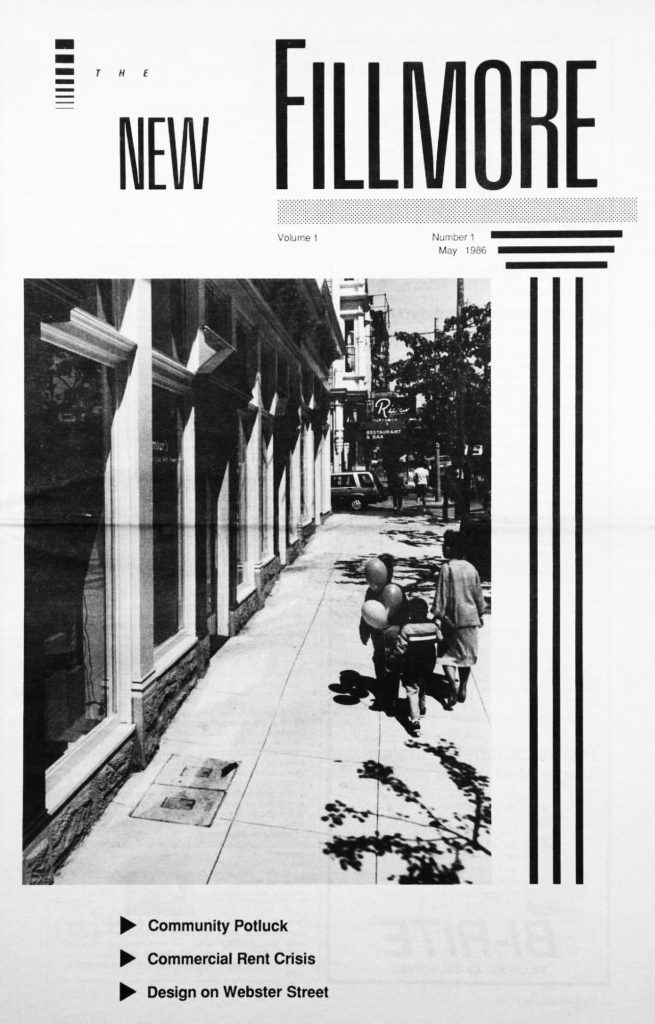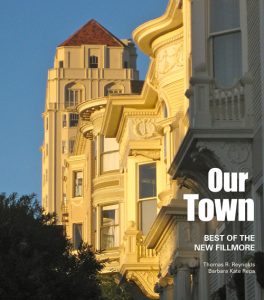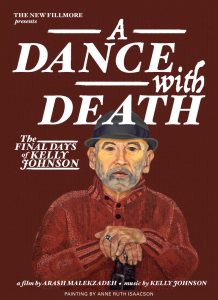CULTURE BEAT | PAM FEINSILBER
It’s fitting that Randall Kline, founder and executive artistic director of SFJazz — the largest jazz-presenting organization on the West Coast — lives near Fillmore Street. In the 1940s and ’50s, when the neighborhood was teeming with clubs, bars and after-hours joints, it was revered by jazz musicians and fans. Now Kline, who has lived locally with his wife, Teresa Panteleo, for almost 20 years, presides over the acclaimed SFJazz Center he willed into being in the cultural mecca near City Hall.
How did the history of jazz in the city — particularly the neighborhood’s former renown as the Harlem of the West — influence your creation of SFJazz?
San Francisco has a rich jazz history, with many vital clubs in the Tenderloin, the Mission, North Beach and of course the Fillmore. The thriving Fillmore jazz scene, from post-World War II until the 1960s, was representative of modern jazz’s golden age, as well as the golden age of the Fillmore District as the hub of San Francisco’s African American community. SFJazz aspires to follow in the steps of that great history and strives to further its evolution.
You started SFJazz in 1983, under the name Jazz in the City, offering about two weeks of performances a year. Now programming through SFJazz is year-round, presenting some 300 performances a year. Is this what you hoped for when you started?
Our original intent was to present an annual festival that featured artists who resided in the Bay Area. By the early 1990s, we began to seriously consider building a new cultural center devoted to jazz.
You opened the SFJazz Center in 2013. Yoshi’s gave up its club in the Fillmore Heritage Center the year after. Did the jazz center have something to do with it?
SFJazz was built around a different model than Yoshi’s: a nonprofit performing arts model versus a night club model. Our hopes when we were planning the SFJazz Center was that it would be mutually beneficial to have both co-existing — an “all boats rise in a high tide” sort of thing.
When Yoshi’s folded, it ended the dream of creating a revived Fillmore Jazz District. How can the soon-to-be-named new operators make it work this time?
I cannot speak to what might be done differently; that is the purview of the leaders of the project. I can say that whatever is being envisioned, I hope it has strong community support, a clear vision and a good business plan.
What upcoming SFJazz programs are you particularly excited about?
This month, August 3 through 6, we are honored and thrilled to have the 15-member Sun Ra Arkestra make our space their place. They’re keeping Sun Ra’s pioneering Afro-futurist legacy alive. They are living jazz history.
And next month, when the new season begins, six concerts make up Coltrane Legacy Week, September 21 through 24, curated by Ravi Coltrane, who also plays sax. On the 23rd, we’ll mark what would have been his father’s 91st birthday with a performance of John Coltrane’s masterpiece, A Love Supreme.
Then there’s the week of duos on September 14 through 17, starting with Gonzalo Rubalcaba and Pedrito Martinez and closing with the Bay Area’s own Zakir Hussain and Joshua Redman. Rubalcaba, of the Buena Vista Social Club, is the most celebrated Cuban pianist of his generation. He opened the doors for a truly brilliant wave of Latin American jazz musicians — including Martinez, a percussionist. We presented Hussain, a tabla master, an SFJazz Lifetime Achievement Award at last year’s gala, where he played with Redman on sax. This will be a more intimate concert.
And when you’re home, what are your favorite places in the neighborhood?
Hmmm. I like Tuesday oyster night at Woodhouse Fish Co., Browser Books, the Saturday Fillmore Farmers Market on O’Farrell and Alta Plaza Park. I am not happy about the Kabuki Cinema changing hands from Sundance to AMC.






